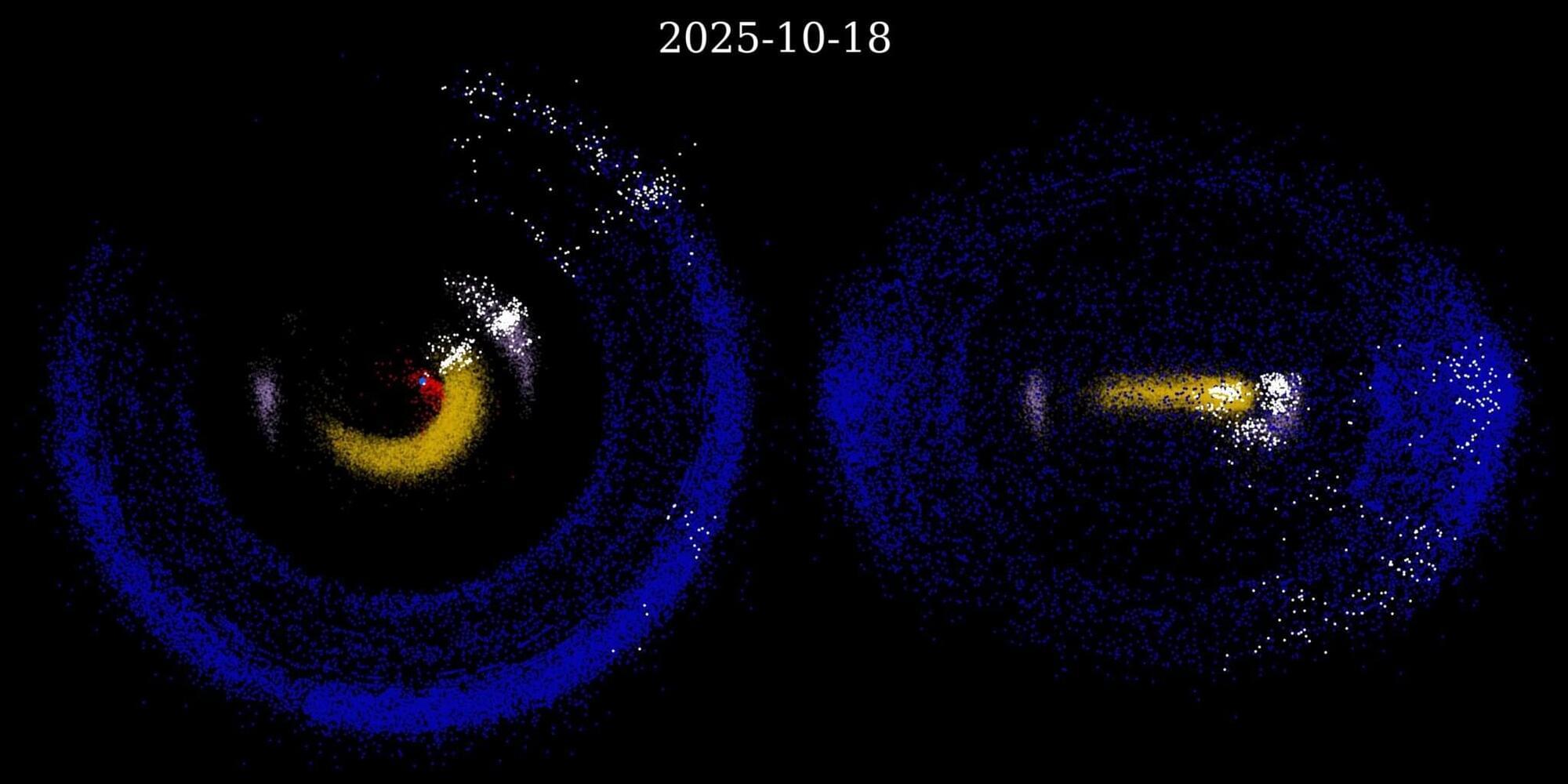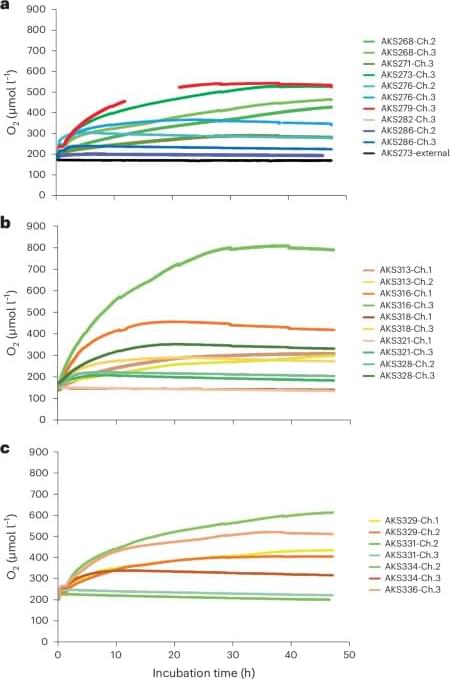A group of astronomers from across the globe, including a team from the University of Washington and led by Queen’s University Belfast, have revealed new research showing that millions of new solar system objects will be detected by a brand-new facility, which is expected to come online later in 2025.
The NSF–DOE Vera C. Rubin Observatory is set to revolutionize our knowledge of the solar system’s “small bodies”—asteroids, comets and other minor planets.
The Rubin Observatory, under construction on the Cerro Pachón ridge in northern Chile, features the 8.4-meter Simonyi Survey Telescope with a unique three-mirror design capable of surveying the entire visible sky every few nights.







